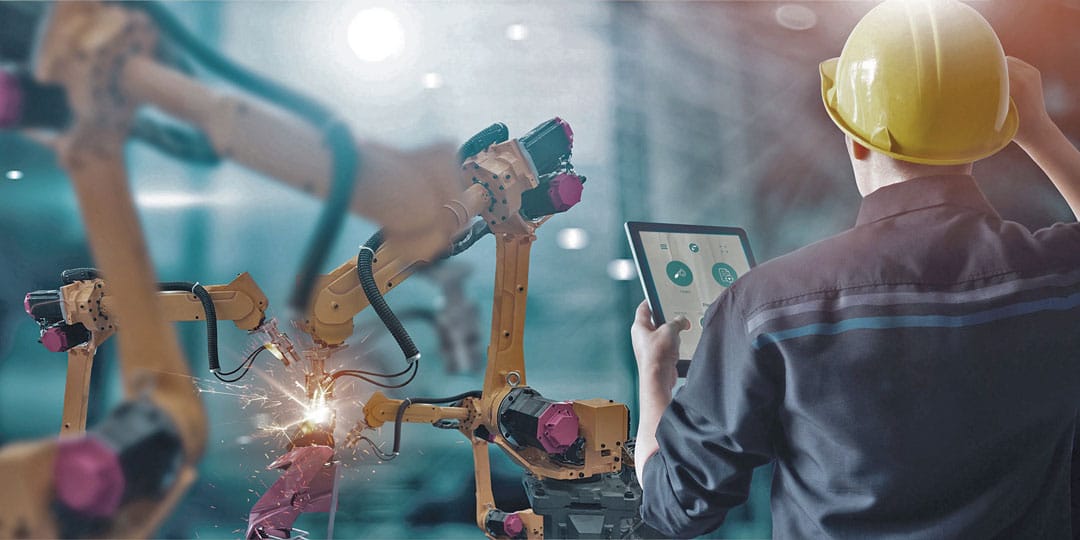Calibration Requirements of IATF 16949 and ISO/TS 16949
Compliance and Calibration in the Automotive Industries
What is ATF 16949 and ISO/TS 16949?
IATF 16949 and its predecessor ISO/TS 16949 are standards for Quality Management Systems (QMS) in the automotive industry. IATF 16949:2016 replaced ISO/TS 16949:2009 in October of 2016. The calibration requirements for both standards are very similar, as IATF 16949 builds upon ISO/TS 16949. However, IATF 16949 incorporates additional calibration requirements and is aligned with ISO 9001:2015. GageList provides powerful yet economical tools to meet the calibration requirements of IATF 16949 and ISO/TS 16949.
Calibration Requirements for IATF 16949 and ISO/TS 16949
The calibration requirements for IATF 16949 and ISO/TS 16949 are designed to ensure that all inspection, measuring, and test equipment used for product and process verification are calibrated and maintained. Here are some key requirements:
- Calibration and verification of measuring equipment: Establish a documented process for the calibration, verification, and maintenance of all measuring equipment used to verify the conformity of products and processes.
- Measurement traceability: Ensure that calibration and verification activities are traceable to national or international standards. If no such standard exists, the organization must establish a documented basis for calibration and verification.
- Calibration frequency and method: Determine the frequency and method of calibration based on factors such as the equipment’s importance, its frequency of use, stability, and the environment in which it is used.
- Calibration records: Maintain detailed records of calibration activities, including equipment identification, calibration date, calibration method, and results.
- Handling of non-conforming equipment: Take appropriate action, including re-calibration, repair, or replacement, If equipment is found to be out of calibration or not conforming to requirements. The organization must also assess the impact of the non-conforming equipment on previous measurements and product quality.
- Calibration status: Clearly identify and document the calibration status of all measuring equipment.
- External calibration services: Ensure that external providers of calibration services are competent and comply with relevant requirements, such as ISO/IEC 17025 for calibration and testing laboratories.
- Measurement system analysis: Perform measurement system analysis (MSA) to evaluate the variation in measurement processes, including gage repeatability and reproducibility (GR&R) studies.
Remember that these requirements are general guidelines, and each organization must tailor its calibration processes to its specific needs and equipment.

Calibration-Related Clauses in IATF 16949 and ISO/TS 16949
The applicable clauses related to calibration and measurement system analysis requirements in IATF 16949:2016 and ISO/TS 16949:2009 are as follows:
ISO/TS 16949:2009:
- Clause 7.6: Control of Monitoring and Measuring Devices – This clause covers the general requirements for inspection, measuring, and test equipment, including calibration and verification processes.
- Clause 7.6.1: Calibration/Verification Plans – This clause addresses the need for planning calibration and verification activities and maintaining calibration records.
- Clause 7.6.2: Calibration/Verification Methods And Records – This clause focuses on the documentation and record-keeping requirements for calibration and verification activities.
- Clause 7.6.3: Measurement System Analysis – This clause focuses on the measurement system analysis (MSA) requirements, including gage repeatability and reproducibility (GR&R) studies.
IATF 16949:2016:
- Clause 7.1.5.1: General – This clause covers the general requirements for inspection, measuring, and test equipment, including calibration and verification processes.
- Clause 7.1.5.2: Measurement Traceability – This clause addresses the need for traceability to national or international standards and maintaining calibration records.
- Clause 7.1.5.3: Calibration/Verification Records – This clause focuses on the documentation and record-keeping requirements for calibration and verification activities.
- Clause 7.1.5.3.1: External Laboratory – This clause covers the requirements for using external calibration services, including competence and compliance with ISO/IEC 17025.
- Clause 7.1.5.3.2: Customer-Approved Sources – This clause addresses customer-approved external calibration providers and their role in meeting the calibration requirements.
- Clause 7.1.5.3.3: Internal Laboratory – Covers the requirements for internal calibration laboratories.
- Clause 7.2.2: Measurement System Analysis – This clause focuses on the measurement system analysis (MSA) requirements, including gage repeatability and reproducibility (GR&R) studies.
Since IATF 16949:2016 is aligned with ISO 9001:2015, you may also find relevant requirements in ISO 9001:2015:
- Clause 7.1.5: Monitoring and Measuring Resources – This clause covers the general requirements for inspection, measuring, and test equipment, including calibration and verification processes.
- Clause 7.1.5.2: Measurement Traceability – This clause addresses the need for traceability to national or international standards and maintaining calibration records.

How GageList Helps Meet ISO/TS 16949 and IATF 16949 Calibration Requirements
GageList helps companies meet the calibration and measurement system requirements of standards like IATF 16949, ISO/TS 16949, and ISO 9001 with a range of features that simplify and streamline calibration management, ensuring that companies remain compliant with relevant clauses. Here’s how GageList can help:
- Calibration and Verification Management: GageList enables users to create and maintain detailed records of calibration and verification activities, including equipment identification, calibration dates, methods, and results.
- Measurement Traceability: GageList supports traceability to national or international standards by allowing users to specify calibration standards and link them to specific equipment.
- Calibration Frequency and Method: The software allows users to set custom calibration frequencies and methods based on factors such as the equipment’s importance, its frequency of use, stability, and the environment in which it is used.
- Calibration Records: GageList helps maintain calibration records, enabling organizations to track the history of each piece of equipment and easily access these records during audits or inspections.
- Handling of Non-Conforming Equipment: The software enables users to flag non-conforming equipment and initiate corrective actions, such as re-calibration, repairs, or replacement.
- Calibration Status Tracking: GageList allows users to track the calibration status of equipment and set up automated notifications for upcoming calibration due dates.
- External Calibration Services: GageList helps organizations manage their relationships with external calibration service providers by tracking provider information, calibration certificates, and service records.
- Measurement System Analysis (MSA): While GageList does not specifically provide MSA tools, it can help organizations manage their MSA processes by maintaining records of MSA activities, results, and associated equipment.
- The GageList Difference: GageList is recalibrating calibration with game-changing features no other platforms offer:
- Unlimited Users on all accounts at no extra cost.
- Free Mobile App for iOS and Android – manage gages anywhere, any time, on any device, online or offline.
- Simple Multi-Site Gage Management lets you manage calibration in all your locations from a single dashboard.
For more information about implementing a calibration program to support compliance with automotive quality standards, please feel free to reach out to our Customer Success Team.